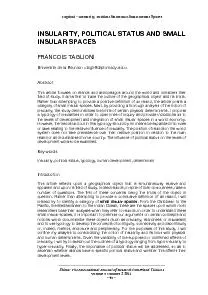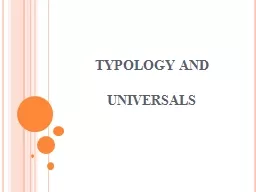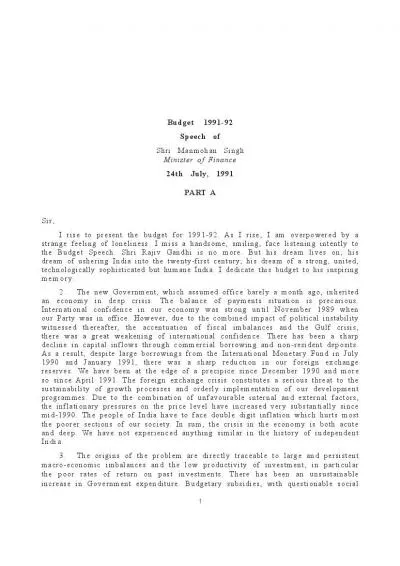PDF-the limits of certain physical determinisms. I propose a typology of i
Author : min-jolicoeur | Published Date : 2017-01-17
political status typology human development determinism Introduction This article reflects upon a geographical object that is simultaneously elusive and apparent
Presentation Embed Code
Download Presentation
Download Presentation The PPT/PDF document "the limits of certain physical determini..." is the property of its rightful owner. Permission is granted to download and print the materials on this website for personal, non-commercial use only, and to display it on your personal computer provided you do not modify the materials and that you retain all copyright notices contained in the materials. By downloading content from our website, you accept the terms of this agreement.
the limits of certain physical determinisms. I propose a typology of i: Transcript
Download Rules Of Document
"the limits of certain physical determinisms. I propose a typology of i"The content belongs to its owner. You may download and print it for personal use, without modification, and keep all copyright notices. By downloading, you agree to these terms.
Related Documents














